Francesco Montone writes on ‘Riti sacri, giochi … e poesia: per un commento a Sid. Apoll. epist. 5.17’ in Vichiana 62 (2025) 65-81.
See sample in Academia.
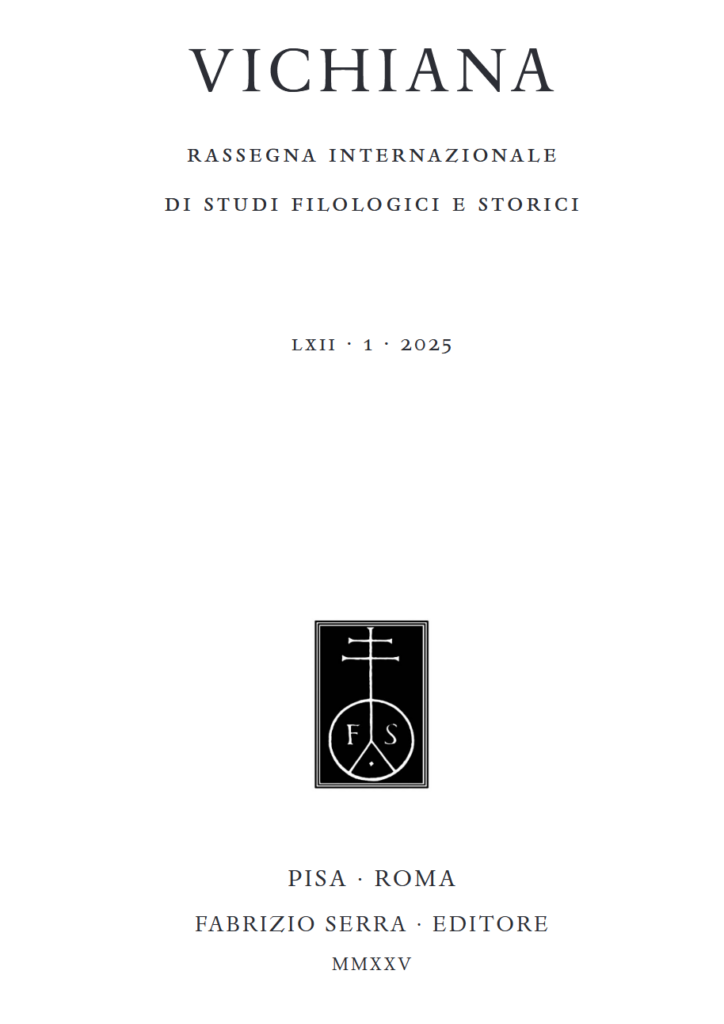
Francesco Montone writes on ‘Riti sacri, giochi … e poesia: per un commento a Sid. Apoll. epist. 5.17’ in Vichiana 62 (2025) 65-81.
See sample in Academia.
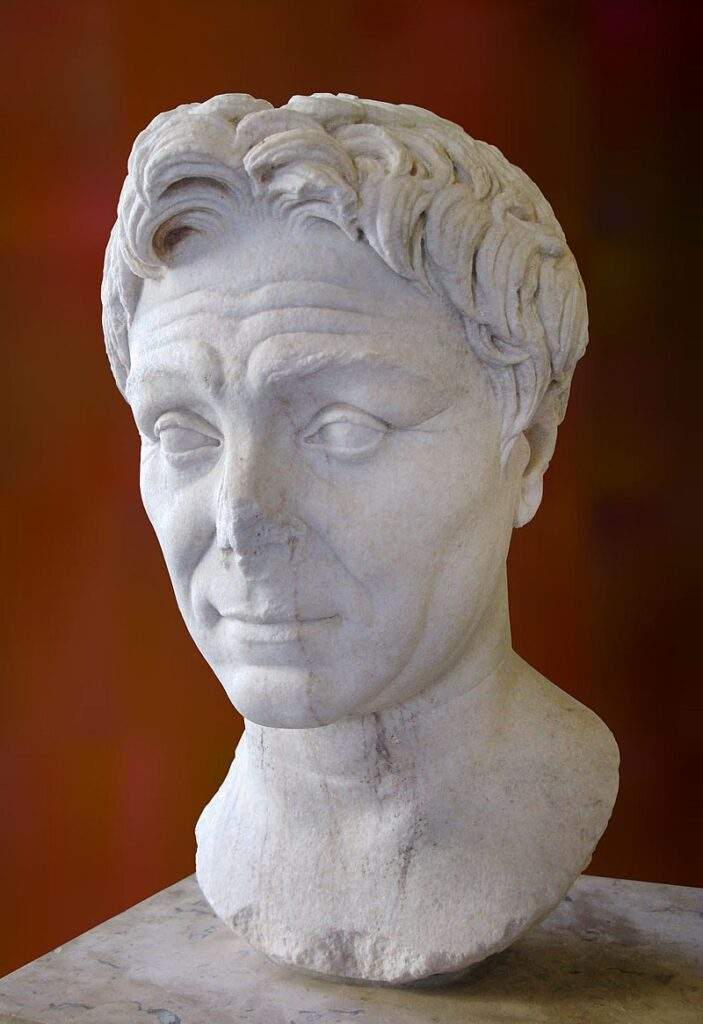
Now also in print: Joop van Waarden, ‘The Death and Public Rehabilitation of Apollinaris the Elder: Intertextuality with Lucan in Sidonius Apollinaris, Epist. 3.12’, CQ 74 (2024) 309-14.
Go to CQ open access
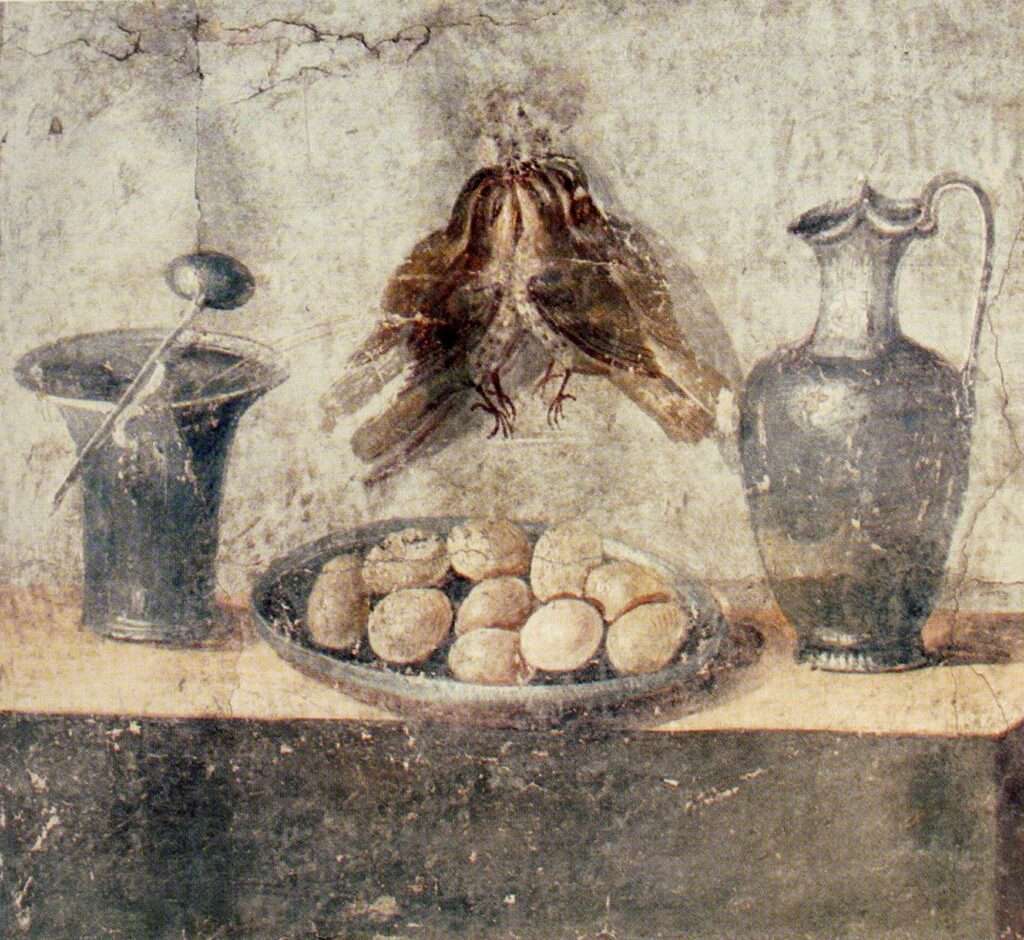
Ágnes T. Horváth, ‘Változá valóság, irodalmi toposzok, intertextualitás Sidonius Apollinaris, gastronómiai köslézeiben’ [Changing reality, literary topos, intertextuality in the gastronomic contexts of Sidonius Apollinaris], in: Zsolt Hunyadi and Tomás Kőfalvi (eds), Napok, évek, századok: Tanulmányok Almási Tibor 65. születésnapjára [Days, Years, Centuries: Studies for Tibor Almasi’s 65th Birthday], Szeged: Szeged University, Institute of History, 2024, 165-79.
Download volume on Academia
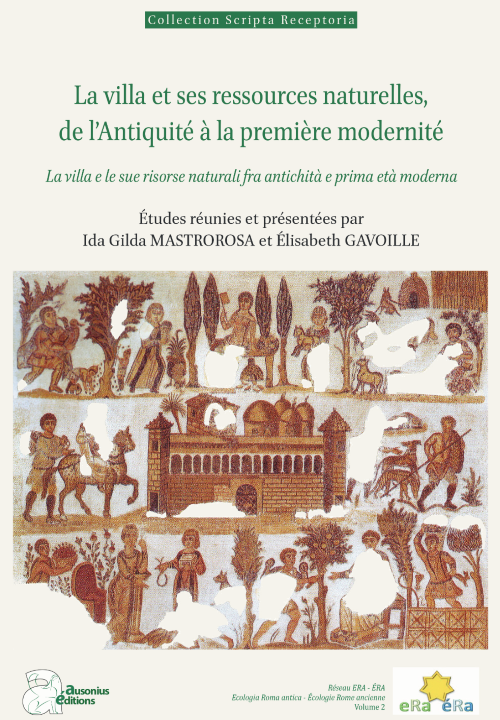
Just published: Luciana Furbetta, ‘Paesaggio naturale e paesaggio antropico: rappresentazioni, interazioni e pratiche sociali tra scambi epistolari e divertissements poetici (IV-VI sec. d.C.)’, in: Ida Gilda Mastrorosa and Élisabeth Gavoille (eds), La villa et ses ressources naturelles, de l’Antiquité à la première modernité / La villa e le sue risorse naturali fra antichità e prima età moderna, Scripta receptoria 27. Bordeaux: Ausonius Éditions, 2024, 69-92.
Listed in the publisher’s catalogue
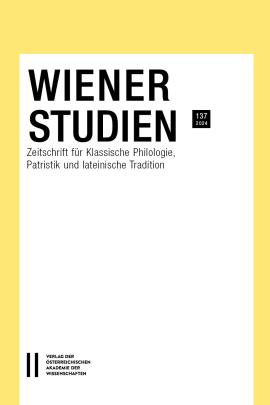
The latest issue of Wiener Studien contains Christoph Schwameis, ‘Noster Scipiades’ (pp. 185-214). It studies the panegyrics of Claudian, Sidonius and Gorippus as examples of the late antique reception of Silius’ Punica.
Find the article here.
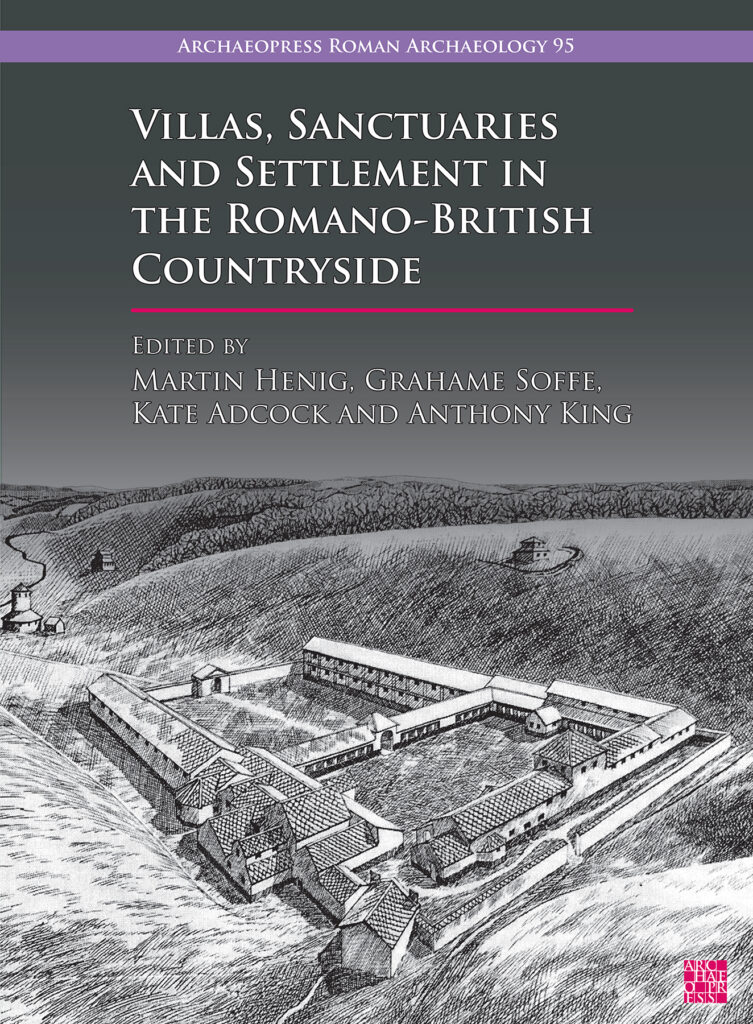
John Collis kindly makes available his 2023 article ‘Where Did Sidonius Apollinaris Live?’ Download it here.
It was announced on this website some time ago and appeared in March 2023. It can now be downloaded from this website.
John Collis is Emeritus Professor of Archaeology at the University of Sheffield. He has carried out excavations in the Auvergne around Clermont-Ferrand and Gergovia, among other regions. In this article, he makes a case for the continuity of late Roman churches and burial sites to the early modern period on the basis of two new digs of churches in the Auvergne. This would heighten the probability of modern Aydat and its church as the site of Sidonius’ and Papianilla’s Avitacum, no doubt provided with a chapel and a graveyard. Any comments are welcome: j.r.collis AT sheffield.ac.uk
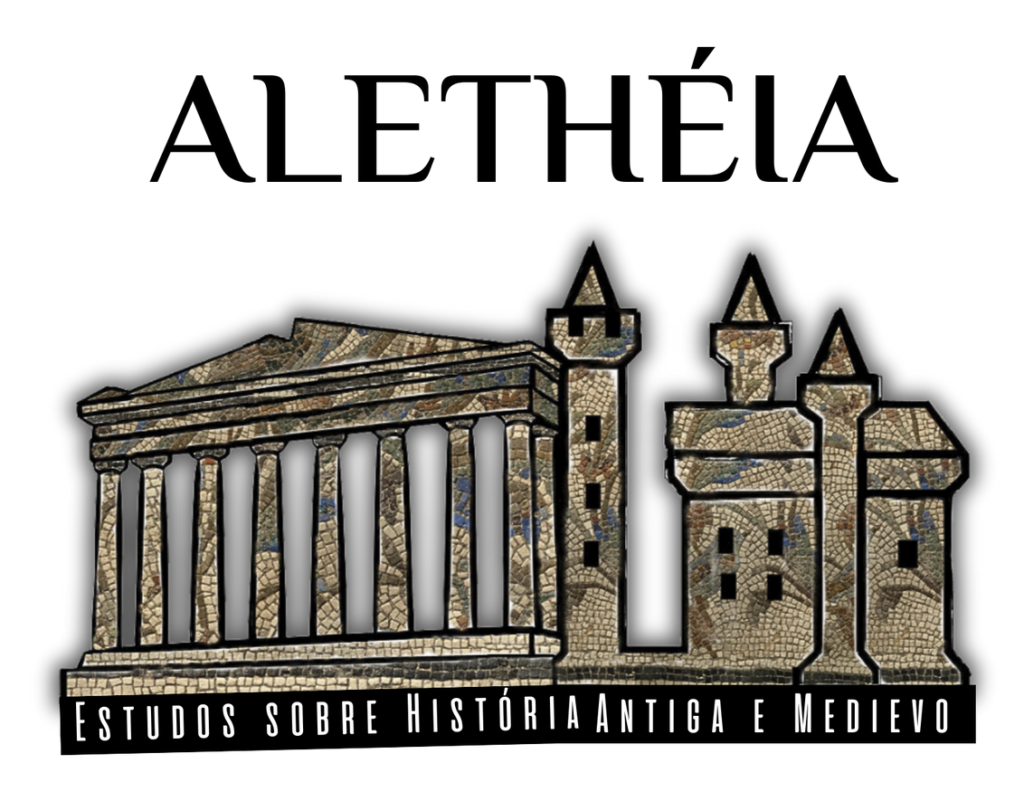

Florica Bohîlţea-Mihuţ, ‘Classical Authors in Sidonius Apollinaris’ Letters’, Classica et Christiana 19 (2024) 389-99.
Open Access: issue online
Contrary to what the title suggests, this article discusses the use of colour in Sidonius.
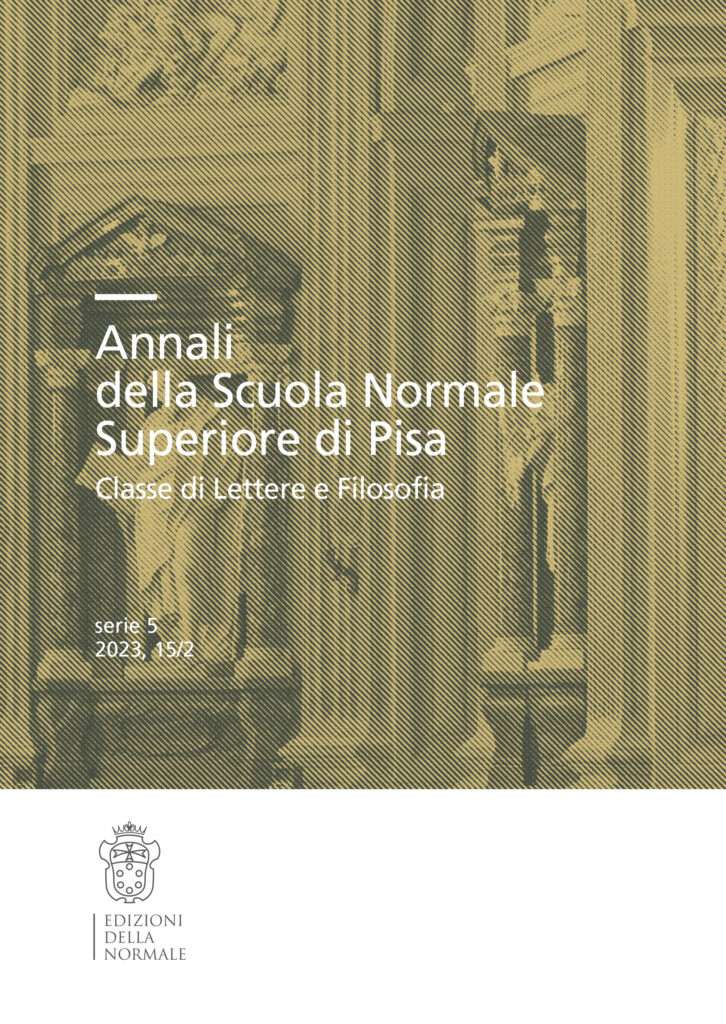
Céline Urlacher-Becht published the article ‘“Gaule” et “Italie” dans les épîtres de la fin Ve-début VIe siècle: stratégies littéraires et enjeux identitaires’ in Annali della Scuola Normale Superiore di Pisa s. 5, 15/2 (2023) 309-53. Pages 312-19 bear on Ep. 1.5.
Here goes to the open access publication.

Joop van Waarden comes up with a new allusion to Pompey’s tomb in Lucan, shedding light on the death of Sidonius’ grandfather: ‘The Death and Public Rehabilitation of Apollinaris the Elder: Intertextuality with Lucan in Sidonius Apollinaris, Epist. 3.12’, CQ FirstView 30 April 2024.
Read here in open access